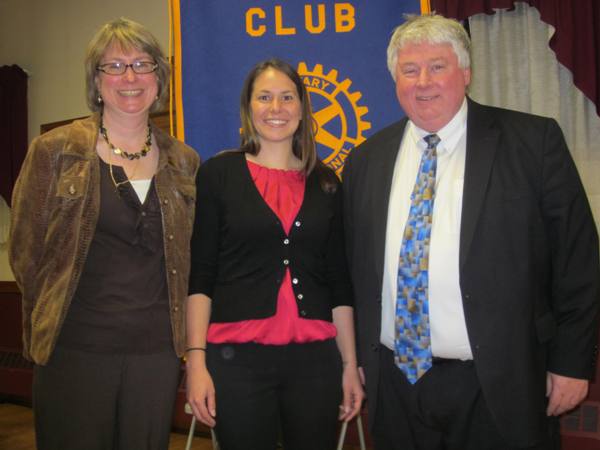Lara Sepanski Pimentel
- The Literacy Coalition - April 23rd 2014
|
 |
The
Literacy Coalition of Herkimer & Oneida Counties works to increase
literacy rates in Herkimer and Oneida Counties through partnerships
and collaborations with all sectors of society. By working together,
we are filling in and adding to the services that already exist in
our community, so we can provide our local area with a continuum of
services, allowing every resident the opportunity to reach his or
her potential.
The Literacy Coalition created the Community Plan for Increasing Literacy
in 2012 with national consultant, Kim Scott of Literacy Powerline.
This Plan allowed the Coalition to formalize its structure and define
its focus areas. The Literacy Coalition is governed by an Advisory
Board, is housed at the United Way of the Valley & Greater Utica
Area and is partly funded by The Community Foundation of Herkimer
& Oneida Counties and M&T Bank/Partners Trust Bank Charitable
Fund. Founding members include BOCES Consortium of Continuing Education,
Herkimer BOCES, M&T Bank, Resource Center for Independent Living,
The Community Foundation of Herkimer & Oneida Counties, and United
Way of the Valley & Greater Utica Area.
Our focus areas are:
Prevention- using language exposure to promote school readiness and
health literacy
Remediation- implementing a mentoring program to benefit high school
equivalency learners
Advocacy- working to create policies that embrace literacy as a foundation
for a successful life
We also have teams working on communications, resource development
and performance measurement for the entire Literacy Coalition's benefit.
By having a strong Literacy Coalition, the community can expect to
hear about the importance of literacy and literacy advocacy more often,
more children reading on grade level and graduating high school, therefore
creating a stronger pool of potential employees, and a more coordinated
community. Members of the Coalition can expect to see capacity building
and professional development opportunities, increased fund development,
increased collaboration among partners, and wrap-around service support.
We are proud that after many years, direct literacy services providers,
including schools and libraries; nonprofits; government; funders;
faith leaders; for-profit businesses; civic organizations; community
members and higher education institutions continue to be engaged and
willing to continue on this journey with us.
From left to right, pictured are Wendy Mucica, Lara Sepanski Pimentel
and
Kip LaQue |
|

